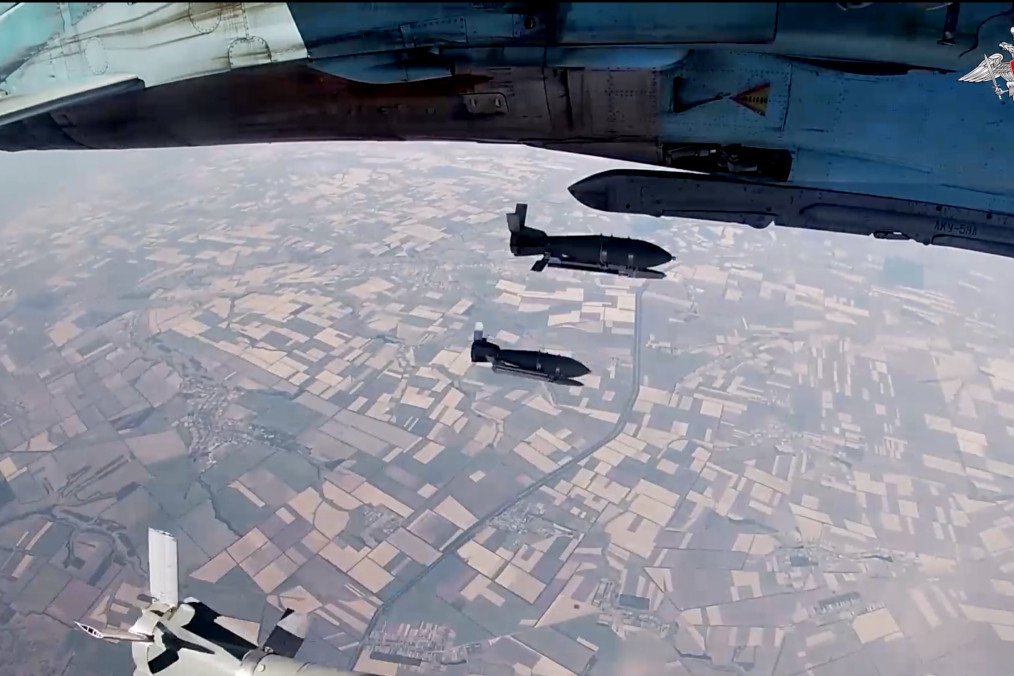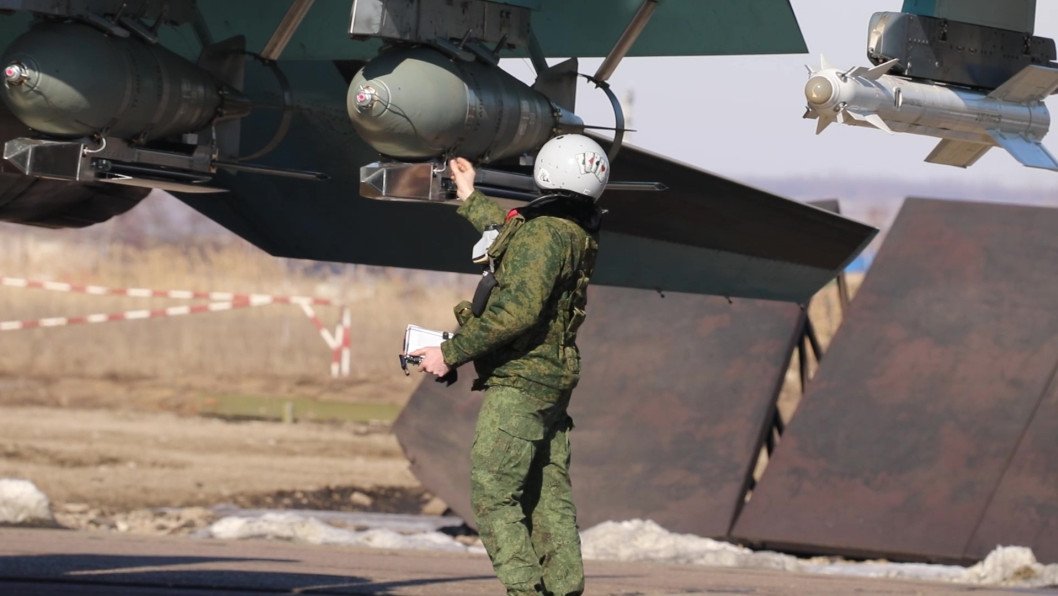- Category
- Latest news
NATO, France, and Ukraine Trial Next-Gen Weapons to Stop Russian Glide Bombs

The NATO Allied Command, France’s Directorate General of Armaments (DGA), and Ukraine’s state defense conglomerate Ukroboronprom have completed a major testing campaign of new air defense systems designed to counter Russia’s increasing use of precision-guided glide bombs, NATO’s press service reported on June 17.
The trials, conducted at French military test ranges, represent a breakthrough in the race to develop layered air defense solutions capable of neutralizing a broad range of modern threats, from Iranian-made Shahed drones to advanced Russian glide bombs.
“Recent trials mark a crucial step forward in developing advanced multi-layered air defense capabilities to support Ukraine,” NATO said in a statement.

“These rigorous tests, a direct outcome of collaboration between France and NATO, focused on countering glide bombs to provide robust protection against evolving threats.”
The testing campaign brought together a multinational effort involving NATO’s Allied Command Transformation, the Joint Analysis and Training Education Centre (JATEC), France’s DGA, and Ukrainian representatives from the Ministry of Defense and the Armed Forces.
The initiative also integrated three European defense start-ups—Alta Ares, ATREYD, and TYTAN—which contributed critical components to the prototype systems.
-6e03694a933538fd30274c6783fb63cf.png)
Notably, the development timeline was accelerated through special fast-track procedures, underscoring the urgency of deploying new capabilities as the war in Ukraine intensifies.
Over several days, teams evaluated advanced sensor arrays, dynamic fire-control systems, and new methods of target engagement under combat-like conditions. Both simulated and live targets were used to test the system’s ability to detect, track, and neutralize incoming threats.
Ukrainian officials stressed the need for defenses capable of addressing not just long-range missiles but also low-altitude, high-speed threats such as glide bombs, which have been increasingly employed by Russian forces to bypass traditional anti-aircraft systems.
The trials aimed to validate what NATO refers to as “multi-effect defense”—a concept that combines various detection and interception technologies into a cohesive shield.
According to Ukrainian participants, the initial rollout of these new air defense systems could take place before the end of 2025.
A follow-up test campaign is already in planning, with refinements and improvements expected in the coming months. NATO highlighted the role of French DGA teams, whose expertise and flexibility were “instrumental in making the campaign possible and instilling confidence for the next phase.”

“This collaborative effort marks a significant stride in enhancing Ukraine’s air defense capabilities, moving rapidly from challenge to potential operational deployment to counter current and future threats,” the statement concluded.
Earlier, a Russian KAB strike sparked a fire in one of the districts of Zaporizhzhia, leaving 22 people wounded and one dead.


-ce9a134791207c81306f56ab3d75ffb6.jpg)
-72b63a4e0c8c475ad81fe3eed3f63729.jpeg)
-45ed3be17a7bb74903649ed9258196f8.jpg)

